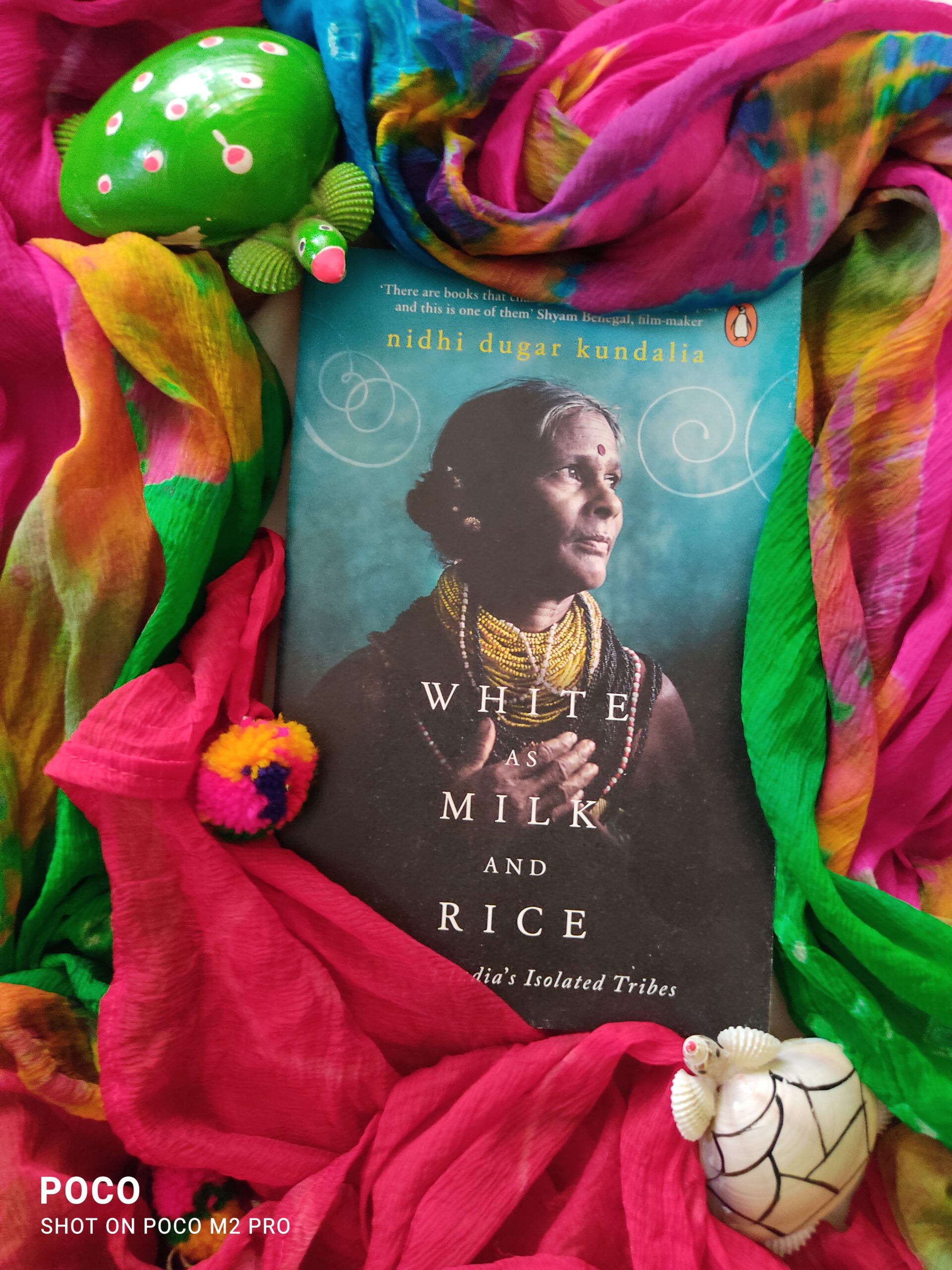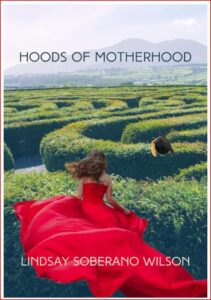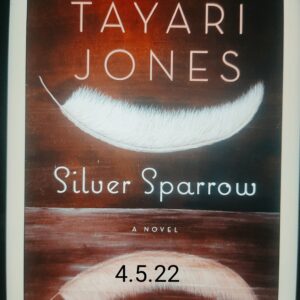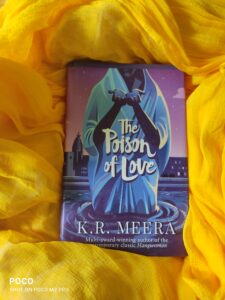White as Milk and Rice
Stories of India’s Isolated Tribes
By nidhi dugar kundalia
Publication: Penguin Random House
Pages:256
Price: Click the link
Review Rate: 4
Introduction:
Author of “The Lost Generation: Chronicling India’s Dying Profession”, Nidhi Dugar Kundalia always raises her voice on social, cultural issues, meticulously documenting human lives and struggles. Therefore her book “White as Milk and Rice” is no altercation of her genius in this field. Though by profession a journalist she proves no less competency in her writings.
Stories of India’s Isolated Tribes:
Kundalia involves deep in the lives of tribal people through the method of storytelling. Various tribal hamlets scattering in assorted parts of India like Ankola, Karnataka; Jhalrapatan, Rajasthan; Coonoor, Tamil Nadu; Baster, Chattisgarh; Shillong, Meghalaya; Mon district, Nagaland.
Kundalia, with a detached yet sympathetic brush, draws the lives of :
-
Halakkis of Karnataka,
-
The Kanjars of Chambal,
-
The Kurumbas of the Nilgiris

White as Milk and Rice, Nidhi Dugar Kundalia, Book Review -
The Marias of Bastar,
-
The Khasis of Shillong,
-
The Konyaks of Nagaland,
With minute details the author takes us to the premises of each tribe and shows their lives under the lens. Their rituals, customs and their hard toil for existence particularly of women in the double edge of social domination and economic scarcity covering a wider swath of India.
Details of each tribe:
Six remarkable tribes of India are brought to the limelight through six spokespeople.
-
Halakkis are popular with their songs and their ethnic ways of dressing themselves with sarees and beaded jewellery. Narrated by Sikri who was later awarded “Padmashri” for her unique presentation of traditional song, upholds the story of their community with a passive yet painstaking baritone.
-
Kanjars of Chambal were once fierce dacoits who didn’t hesitate to kill people mercilessly for stealing things. They are ruthless bloodthirsty robbers defended from Rajputs. Hoonkar is representative of his community of dacoits.
-
Kurumbas of Nilgiri is an ancient native tribe and descendent of mighty Pallavas. They are considered witches and sorcerer’s for their yellowish teeth. They also practice ancient cults of occult nad magic power s. Encroachment of civilization affected their lives pushing them to the corner.
-
In Birsu’s voice, we learn about the Marias of Baster. Caught between the double knot of army and Naxals the villagers face the utmost adversities to cope with their struggle of existence.
-
Wansuk, Syrpai and Rynjah three octogenarian sisters who belong to the Khasis of Shillong recall the days of their matrilineal culture.
-
Finally, we meet the Konyaks of Nagaland through the voice of Pangshong who sets in a quest for his origin.
Anthropological value:
In addition to that, the book inherits a great anthropological value. The richness of experience that she shares with the readers is worthy to study. The tribal communities of India, being forced to change their ways of living under the pressure of modern decolonisation and urbanization are losing their original colour and ethos.
The title:
The title hints at the simple mundane lifestyle of the tribes. Milk rice and the whiteness symbolises their ethnic purity and innocence.
Alvina’s Verdict:
With indubitable portrayal, untainted by personal opinions Kundalia’s book is a truthful representation of the indigenous life of India. And to know India it is very wise to probe deep into the lives of her indigenous habitats.





